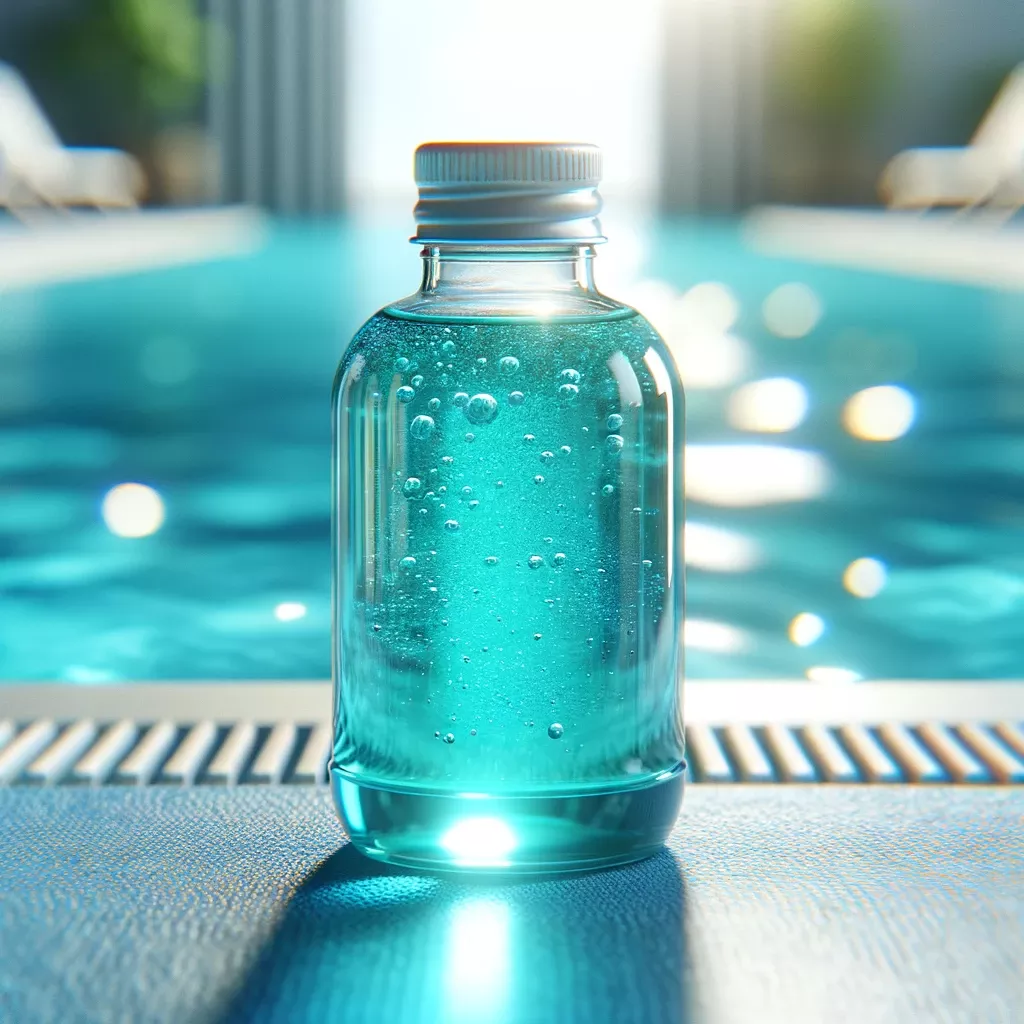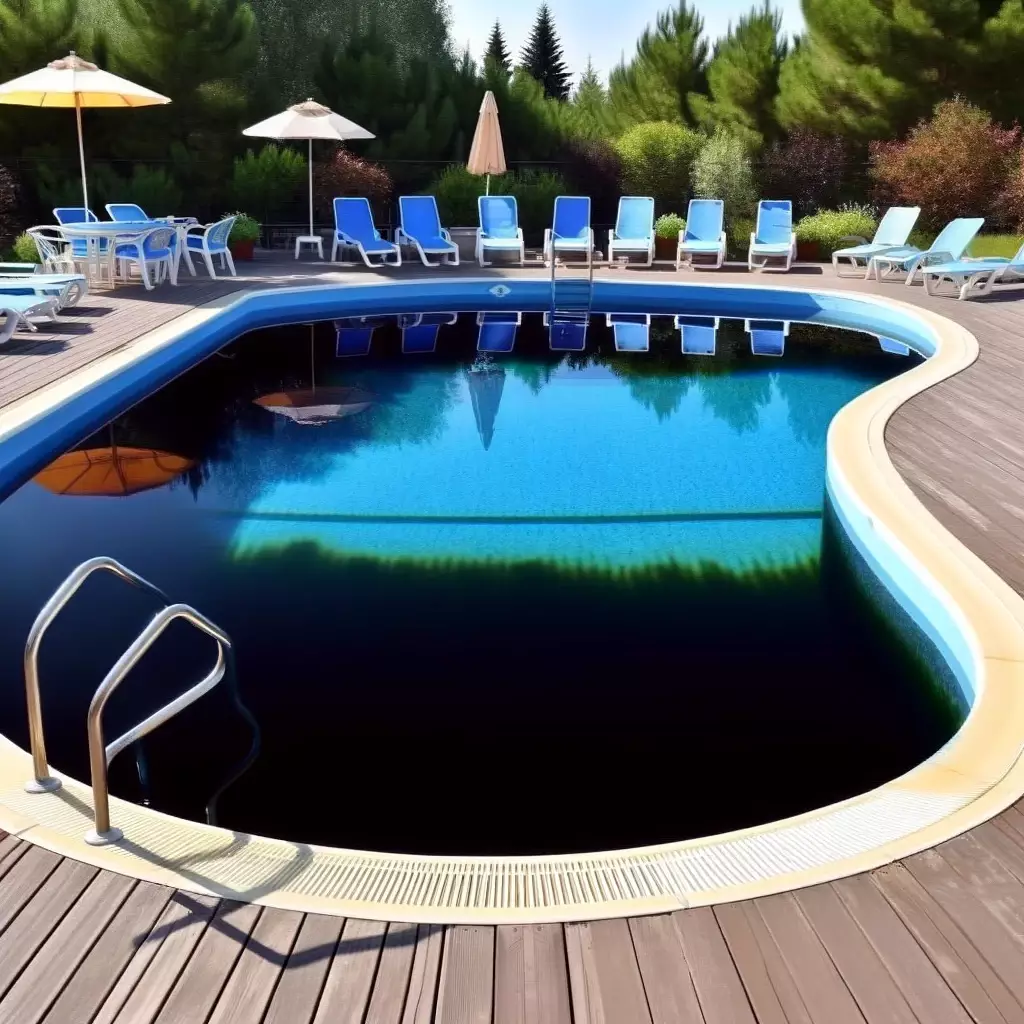Currently, swimming has gradually become a popular recreational activity, and the management of water quality in swimming pools has become a focal point of attention. In routine maintenance, copper sulfate algaecide is commonly used as an algicide. However, after the addition of copper sulfate to swimming pools, issues such as blackening and turbidity of the water often occur, posing hidden dangers to swimmers. This article aims to explore the main factors causing the aforementioned phenomena and propose corresponding countermeasures to ensure the safety and hygiene of pool managers and users.

Causes of Blackening and Turbidity in Swimming Pool Water After Adding Copper Sulfate:

- The presence of copper ions from the copper sulfate algicide in the pool water can lead to the formation of copper oxide when excessive oxidizing disinfectants (such as chlorine-containing disinfectant powders/tabs) are added, thereby causing the water to turn black and become turbid.
- Swimming pool water contains common organic matter, including grease and sweat. Reactions between copper sulfate and these organic substances can form dark-colored complexes, causing the water to appear black and turbid.
- When copper sulfate dissolves in water, it releases copper ions. These ions can react with other substances in the water, especially in hard water, forming a type of precipitate. These precipitates cause the water to become turbid and darken in color.
How Should We Solve This Problem?
- Poly aluminum chloride coagulant can be used to remove the black and turbid pigments. Note: When using poly aluminum chloride, dissolve it in water first (do not add the coagulant to the water first as it may clump and not disperse or dissolve easily).
- Add 5-10 kilograms of poly aluminum chloride coagulant per 1000 cubic meters of water.
- Method of use: Dissolve it in water at a ratio of 1:3. About 10 minutes later, add it to the water, diluting it to 2-3%, and then spray it evenly into the swimming pool.
- Note that after adding the aluminum chloride coagulant, it usually takes 6-8 hours to fully settle. If the water in the pool is very deep, more time may be needed for settling.
- The coagulant should be added at night, and in the morning, a vacuum cleaner with an adsorptive poly aluminum coagulant should be used. If it’s too late, sunlight on the swimming pool can cause the precipitates in the water to re-float, affecting the purification effect.
- Check the pH of the pool water to maintain it between 7.2-7.8. A pH that is too low or too high can exacerbate the precipitation of copper ions and other chemical reactions.
In summary, the blackening and turbidity of the water after the addition of copper sulfate to swimming pools are mainly due to chemical reactions, the precipitation of metal ions, and the imbalance of water. Managing water eutrophication through adjusting the pH of the water, using appropriate filters, and regular monitoring are important methods. Additionally, due to the complexity of using copper sulfate, it is advisable to have a full understanding of its properties and potential adverse effects before application, or consult with professional pool maintenance personnel. Only in this way can we ensure that the water quality of the swimming pool is clear and safe, allowing everyone to enjoy a healthy and happy swimming experience in the hot summer.

 Instant
Quote
Instant
Quote Email
Us
Email
Us